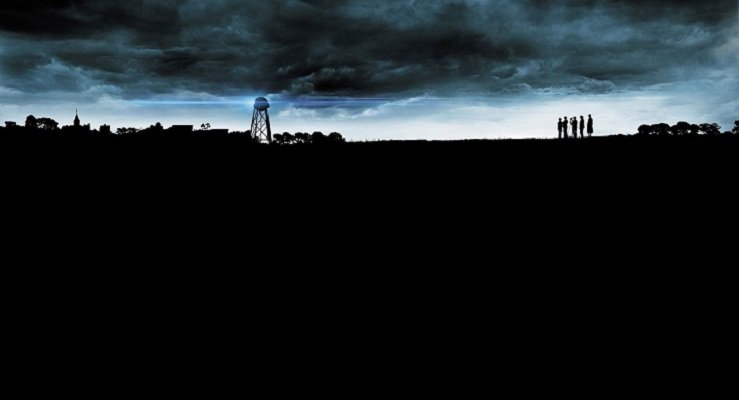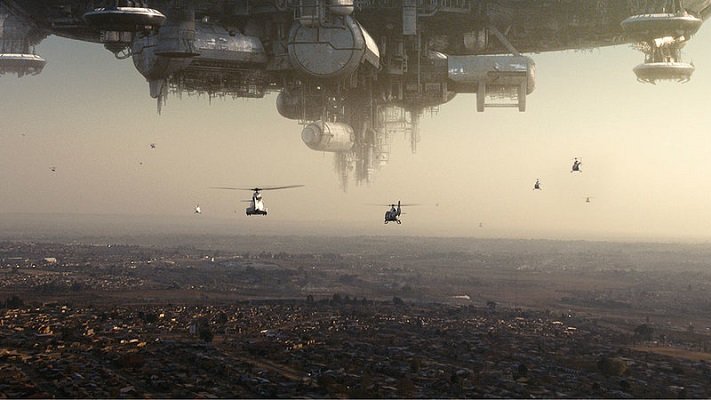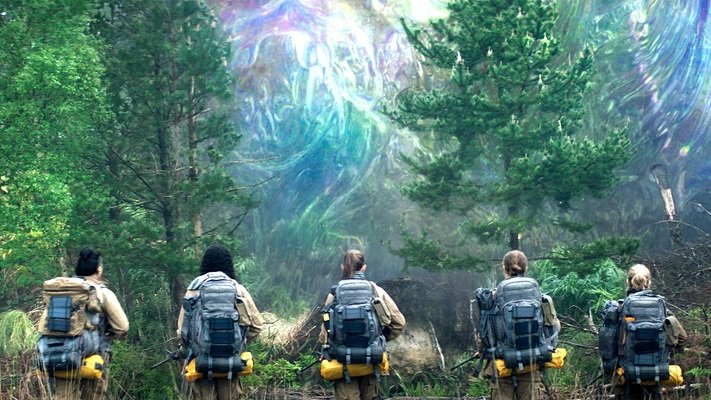The 5 Best Alien Encounter Movies in the Last Decade
The idea of alien civilizations living on far-off planets, perhaps visiting our own, has been fascinating science-fiction writers for centuries.
In the first sci-fi movie in history, Georges Méliès’s “A Trip to the Moon” (released in 1902), a group of explorers travel to our celestial companion on board of a canon-propelled capsule, and they encounter an underground civilization of Selenites there. The segment when the capsule lands in the Moon’s eye remains one of the iconic moments of movie history.
Today, we are getting closer and closer to understanding the secrets of the universe and learning all we can about distant stars and the planets orbiting them. This year, the Nobel for physics was split between a cosmologist exploring the secrets of matter and two researchers who discovered the first extrasolar planet in 1995.
The work of these scientists is bringing everything the science fiction writers and filmmakers have dreamed about – knowledge of alien planets (perhaps with alien inhabitants) and the secrets of the universe that may one day take us to them.
While the scientists are no doubt celebrating their space-themed Nobels, let us take a look back at some of the best movies from the last decade that involve far-off worlds and non-cliché aliens.
Prometheus (2012)

Where do we come from? Who created us? Was it a deity or an advanced alien species?
These are the questions that the 2012 science-fiction movie “Prometheus” is looking to answer. Set in the not so distant future, the movie sees a group of scientists (along with a few mercenaries) set out on a journey into an alien solar system based on a millennia-old “invitation” left by some tall, bald characters on the walls of several ancient artifacts.
At first, the group only finds the traces of alien presence, then an alien “Engineer” itself emerges from its long cryosleep – and things get nasty from thereon.
While “Prometheus” is often credited as a prequel to Ridley Scott’s 1979 monster movie “Alien”, it stands on its own as a film about humans searching for its origins among the stars – and not liking what they find.
Super 8 (2011)

Long before “Stranger Things” there was a movie about a bunch of kids coming of age in a small American town stumbling upon something alien – and dangerous.
The story starts out as an innocent amateur movie shoot in the night but it soon turns into a literal train wreck, during which something is let loose on the small Ohio town the kids call their home.
While the film has its share of faults, it has its merits, too – including the depiction of the alien life form that proves to be not only intelligent but peaceful, too. Not before turning a few things into rubble, of course.
Arrival (2016)

In many movies and stories about alien encounters, the extraterrestrial visitors speak – they have a mentality surprisingly similar to our own, they can speak, and they are more than capable of learning English. But what happens when we stumble upon a species that has none of the above? What if they are a bunch of “heptapods” (creatures with seven limbs) with no visible eyes or mouth, and they even perceive time in a way that’s different from our own?
This is what “Arrival”, Denis Villeneuve’s science fiction film that was nominated for an Oscar.
Linguistics plays an important part in this movie – and the moviemakers didn’t just invent them out of thin air but they consulted linguists, phonetics experts, and other researchers in the area.
The filmmakers built the plot around the hypothesis of linguistic relativity that claims that people’s perception is shaped by the language they speak (and think in).
District 9 (2009)

The role of good science-fiction is to point out the issues with society in stories that involve futuristic inventions and alien invaders. Come to think of it, the invading aliens in movies are often reflections of humanity’s “missteps”, ranging from fascism to colonialism.
In “District 9”, in turn, the aliens are not the aggressors – they are the victims.
Neill Blomkamp’s movie tells the story of a group of aliens stranded on Earth that is forced to live in miserable conditions on the outskirts of Johannesburg, South Africa. While handing the inhabitants of District 9 – as the alien-inhabited slums are called – relocation notices, bureaucrat Wikus van de Merwe is infected with a liquid that turns out to be alien fuel that starts mutating his body. The movie is clearly a metaphor of District 6, declared a whites-only area during the Apartheid.
Annihilation (2018)

Based on a novel by American writer Jeff VanderMeer, “Annihilation” has an interesting premise: a group of scientists is sent into the “Shimmer”, a mysterious area where strange things happen, created by a meteor landing years before in the area.
The Shimmer has many strange properties, including the ability to rewrite DNA – what makes it a threat is that it continuously expands. Lena (Natalie Portman) and a group of female researchers head into the Shimmer to uncover its secrets – and the fate of all other expeditions sent inside over the years that never returned.
While the movie (and the book) doesn’t really answer the biggest questions of them all – what is the Shimmer and what does it want – it explores a very interesting question: what if one day, something from out of this world appears and starts changing our planet as it sees fit?
Has this article inspired you to visit a paranormal location? Plan and book your visit here.









